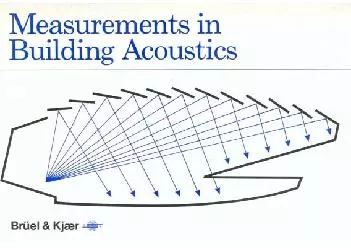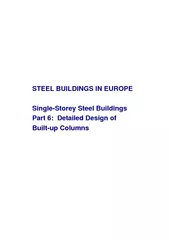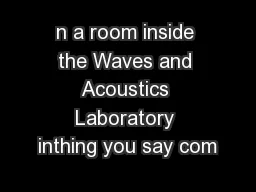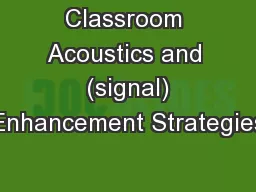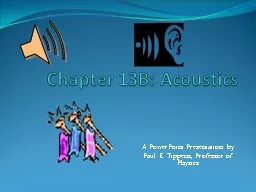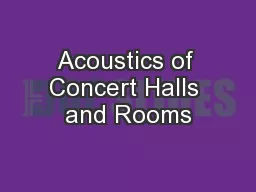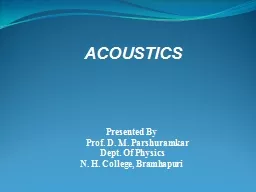PDF-The influence of acoustics on the design of buildings can be observed
Author : lois-ondreau | Published Date : 2016-02-22
A knowledge of the behaviour of sound in a room is necessary if we wish to adapt the room for speech or music andif we want to attenuate external noise Consider
Presentation Embed Code
Download Presentation
Download Presentation The PPT/PDF document "The influence of acoustics on the design..." is the property of its rightful owner. Permission is granted to download and print the materials on this website for personal, non-commercial use only, and to display it on your personal computer provided you do not modify the materials and that you retain all copyright notices contained in the materials. By downloading content from our website, you accept the terms of this agreement.
The influence of acoustics on the design of buildings can be observed: Transcript
Download Rules Of Document
"The influence of acoustics on the design of buildings can be observed"The content belongs to its owner. You may download and print it for personal use, without modification, and keep all copyright notices. By downloading, you agree to these terms.
Related Documents

